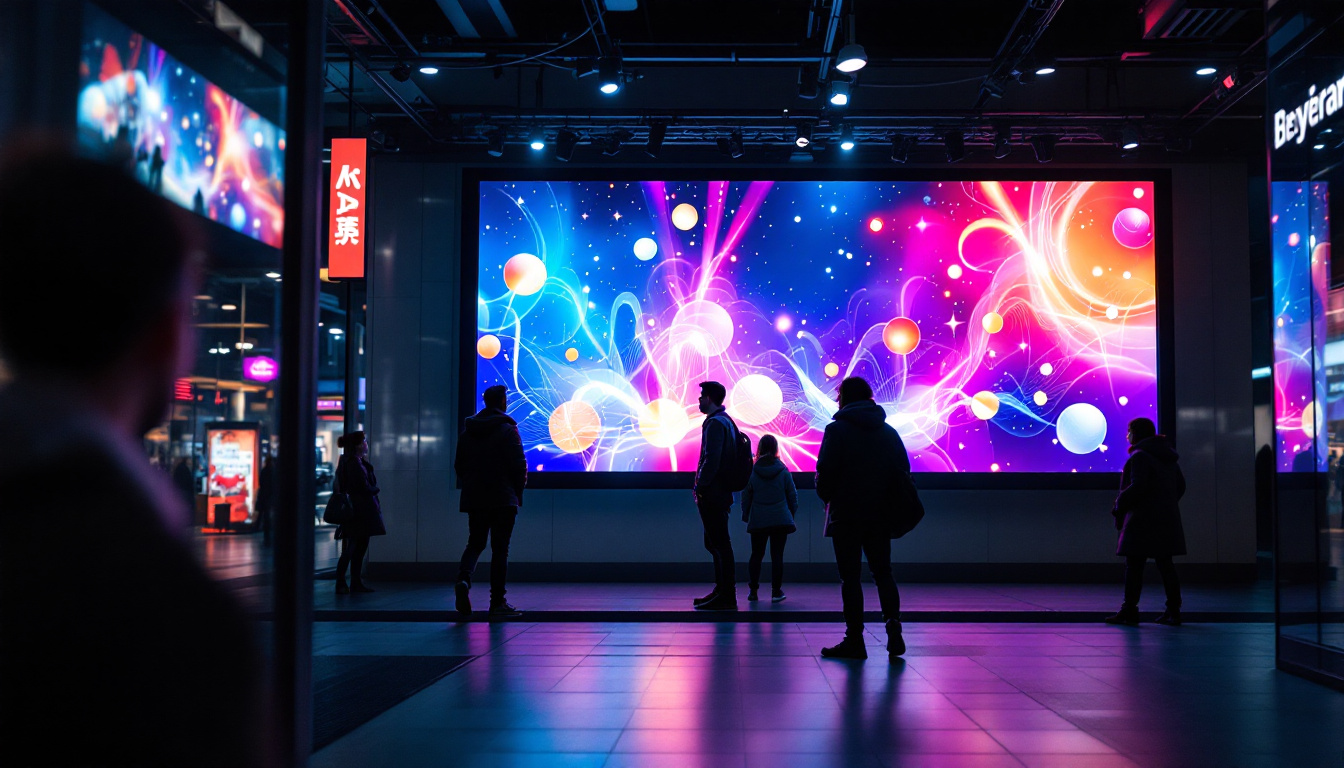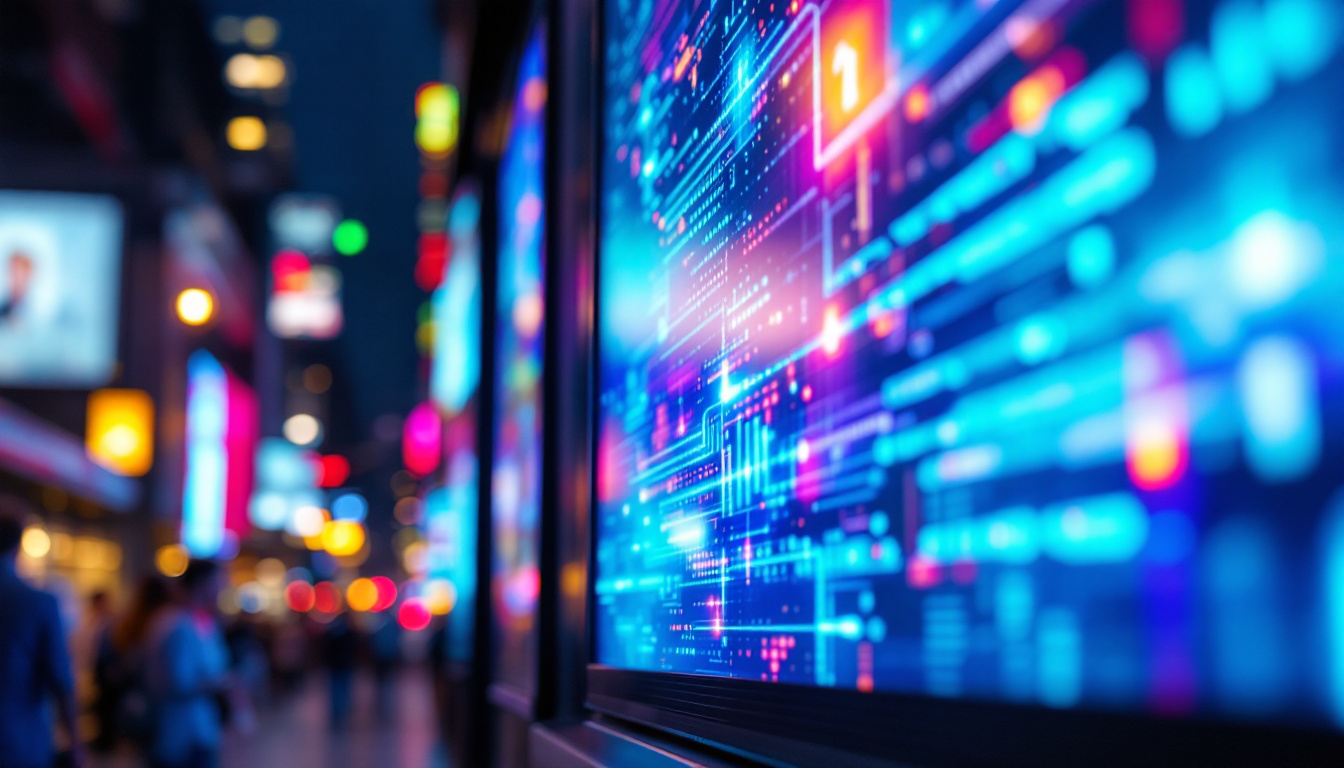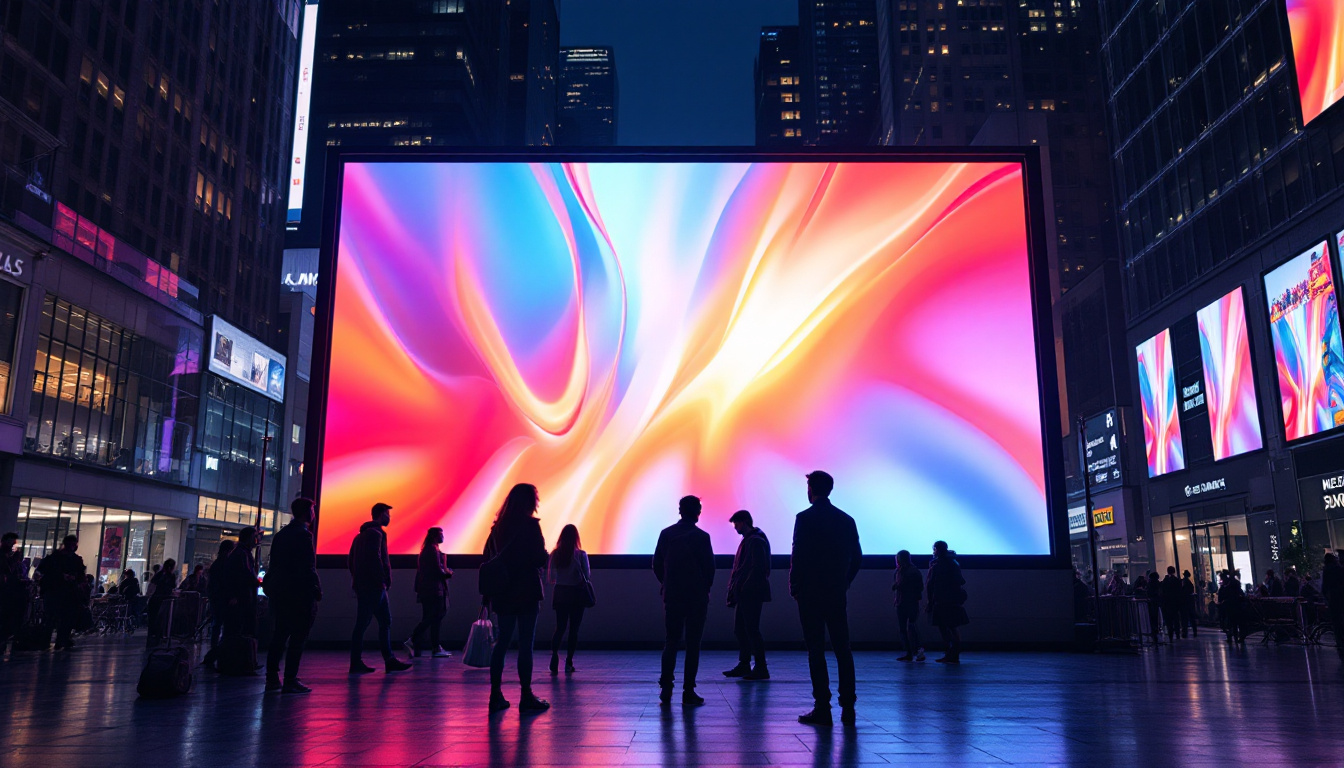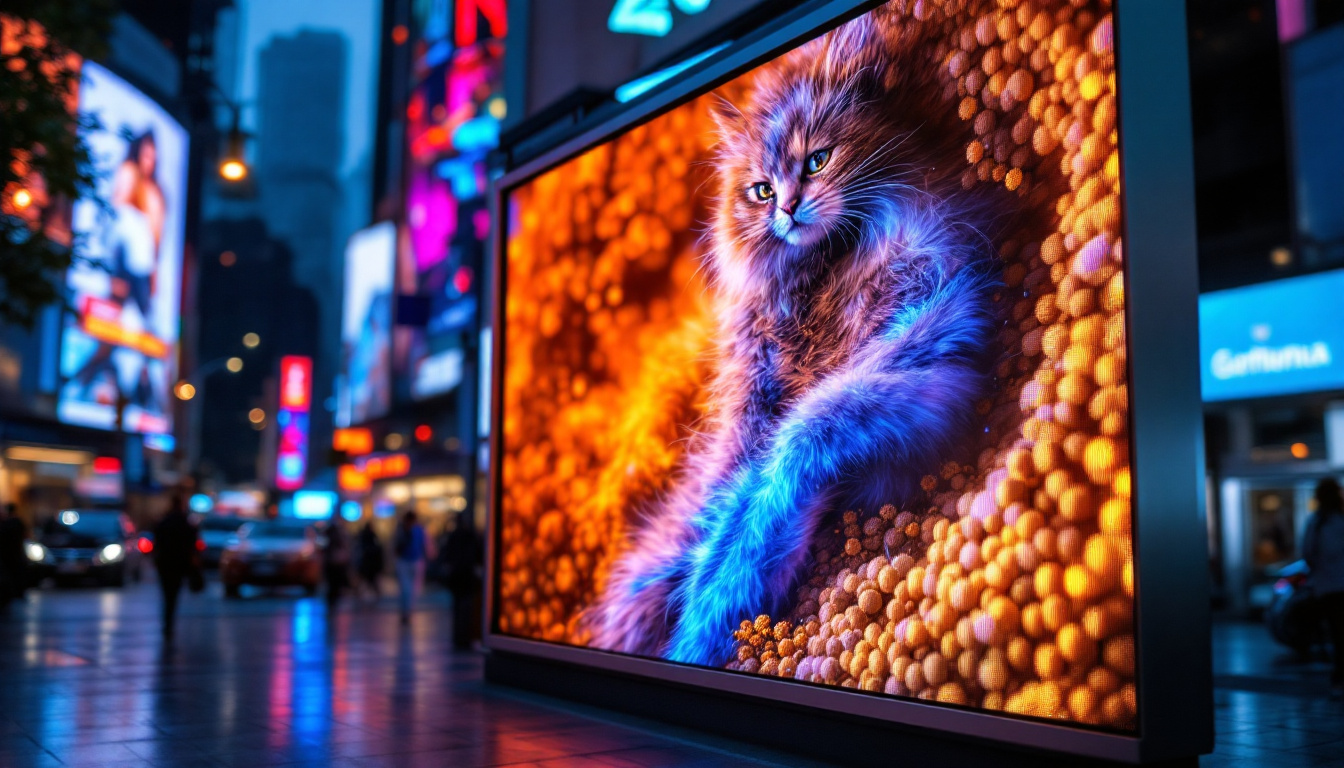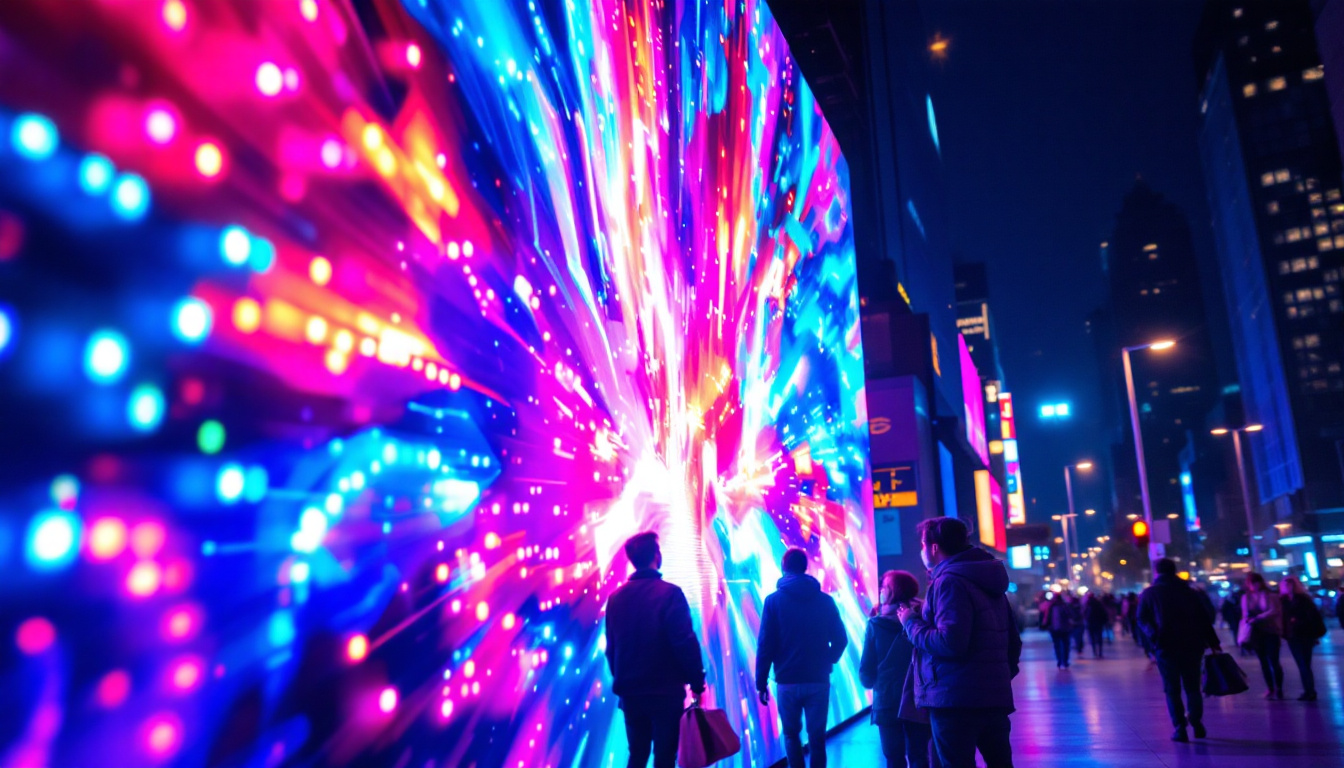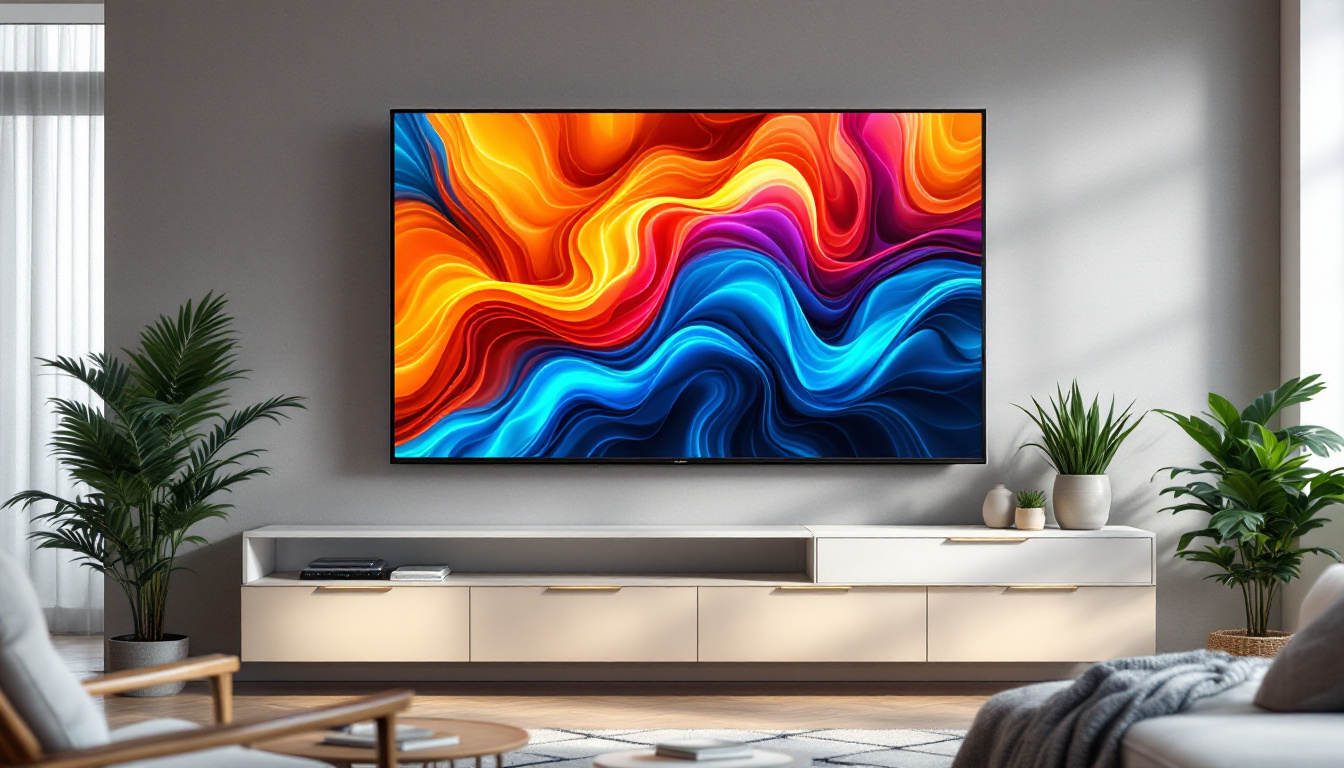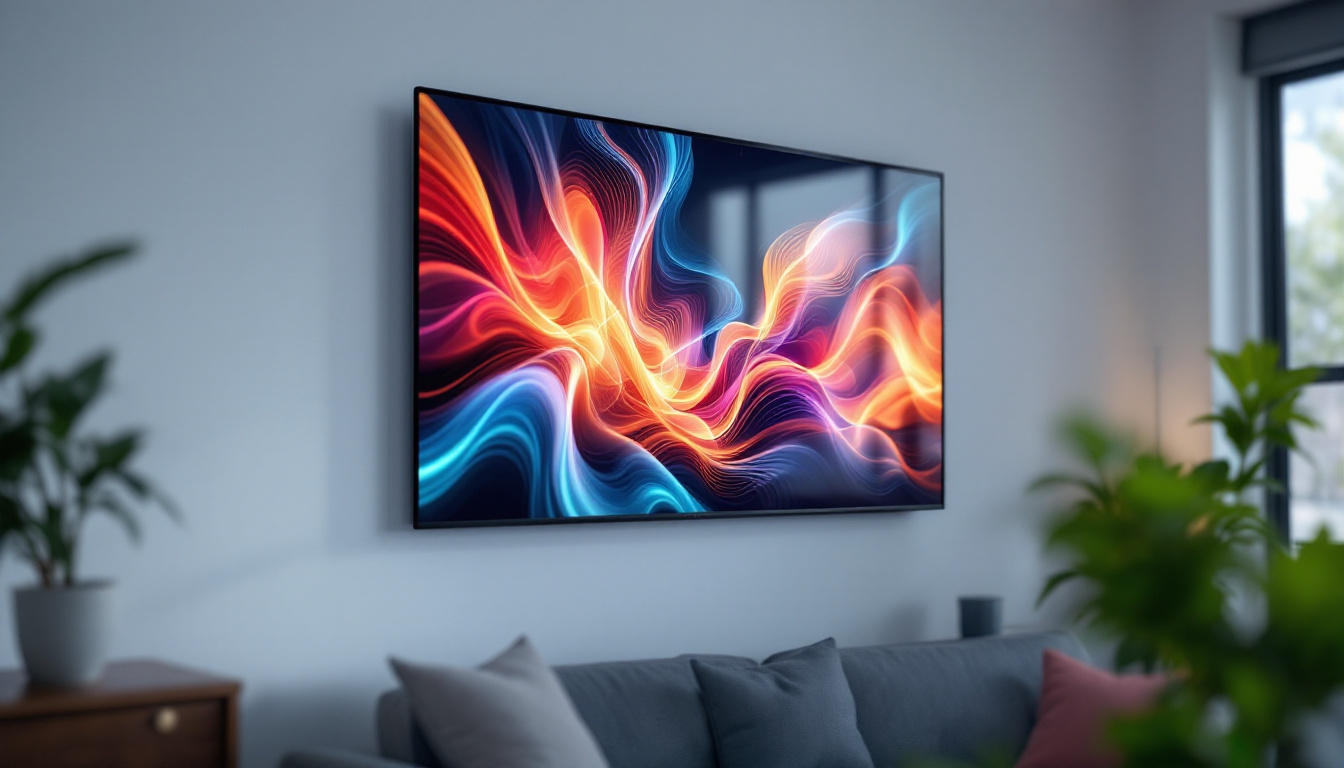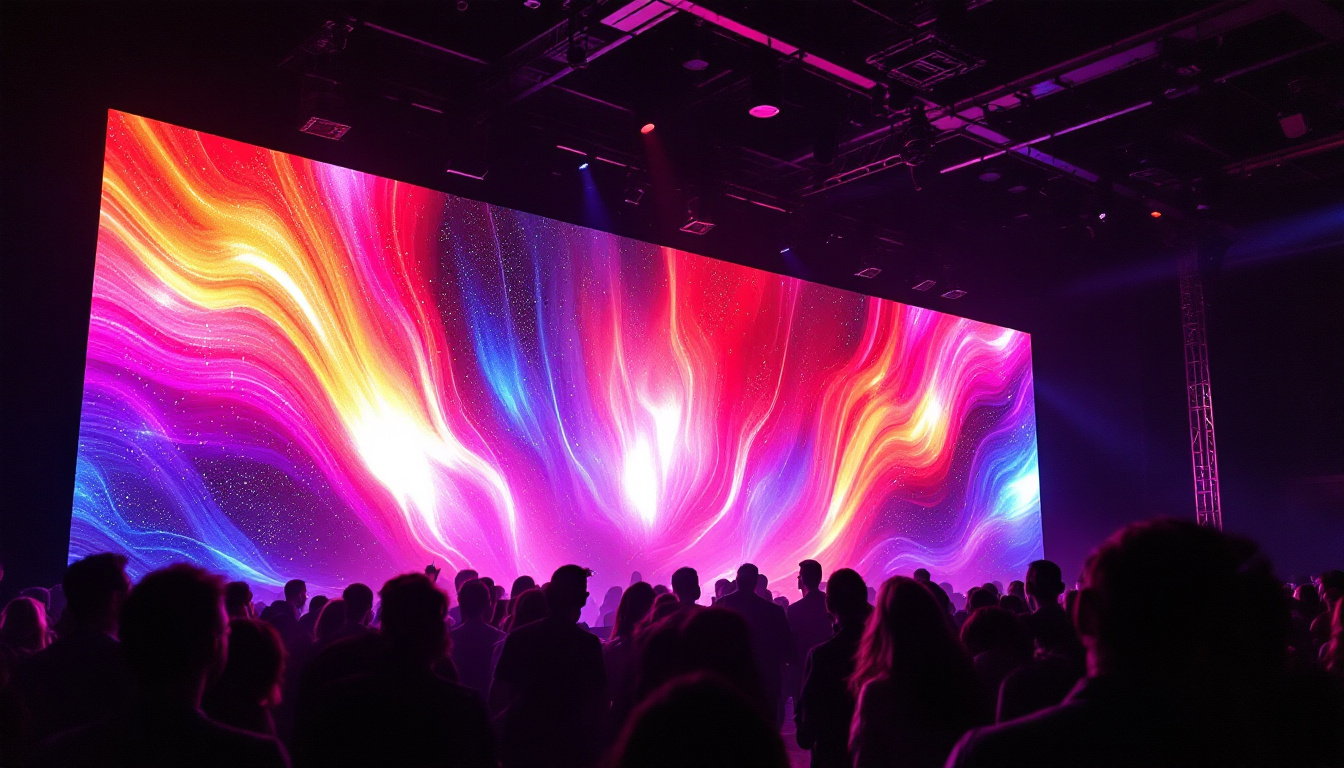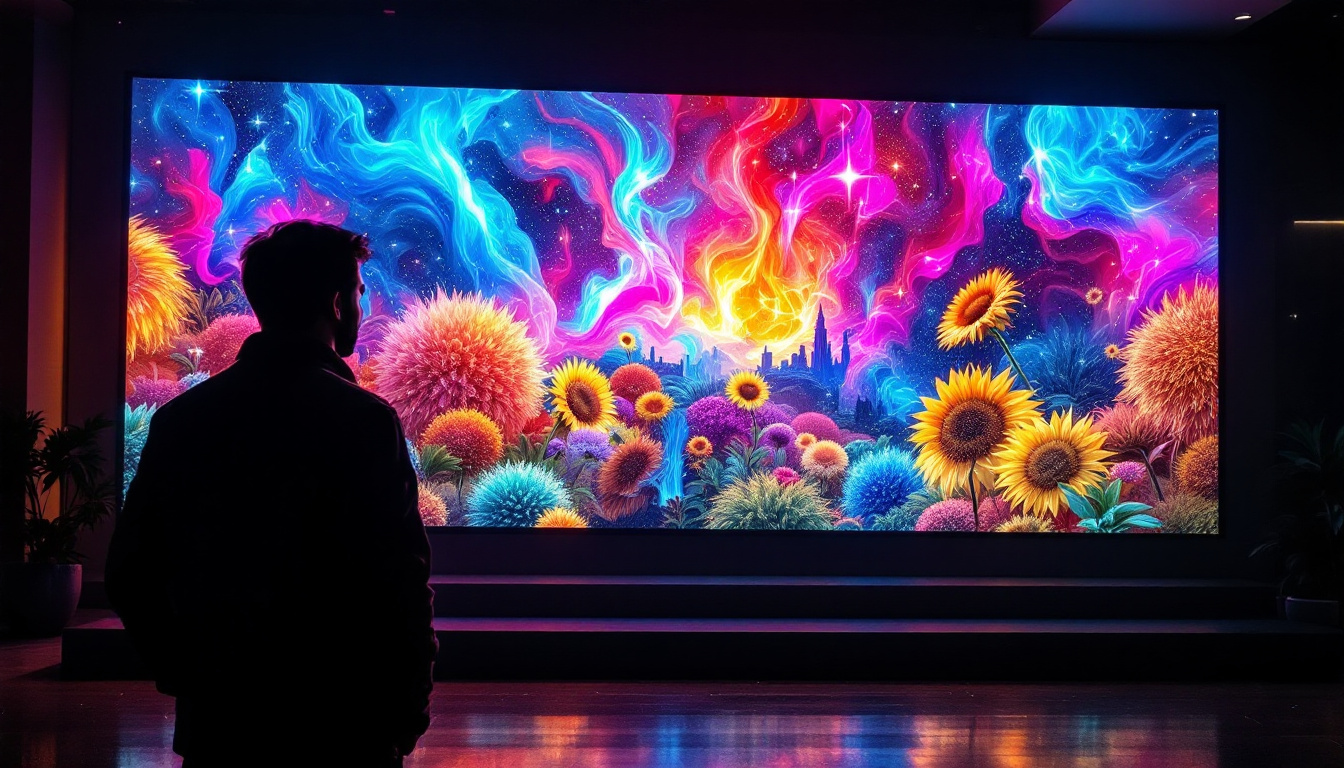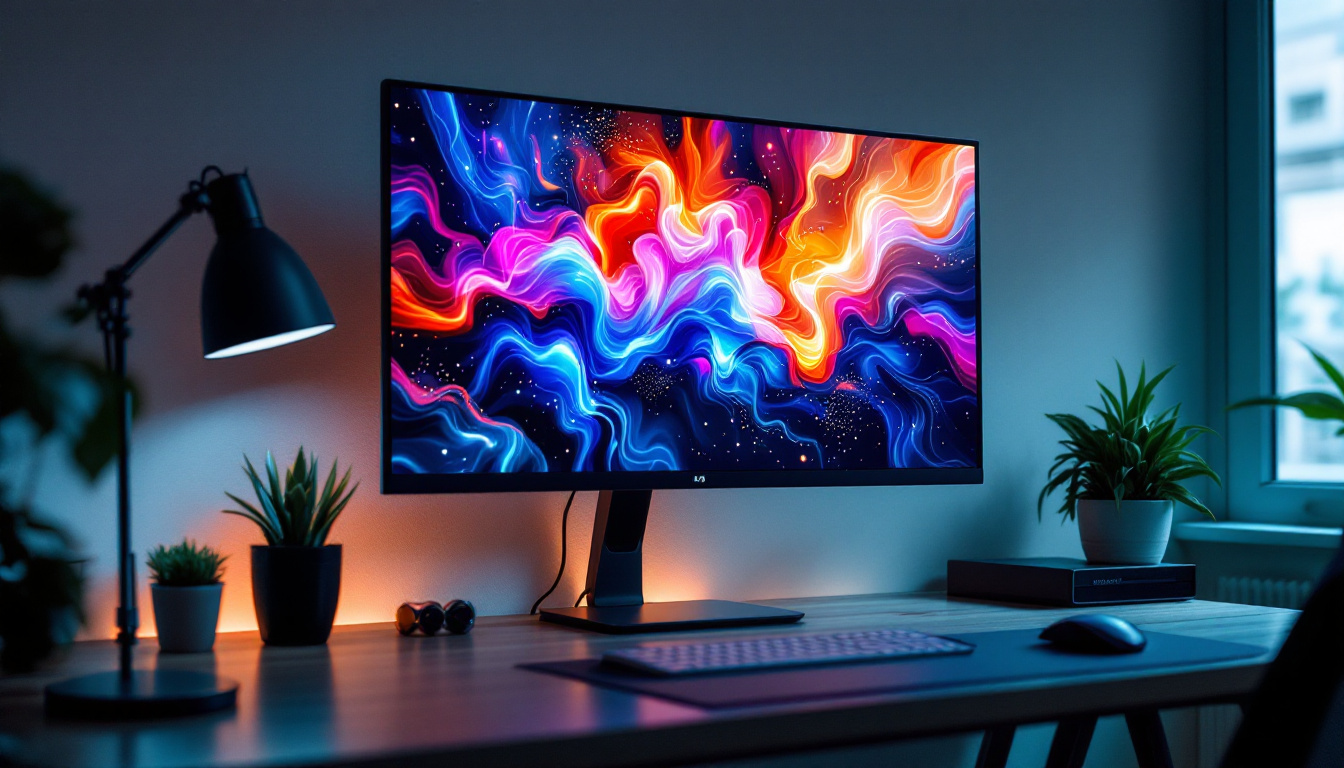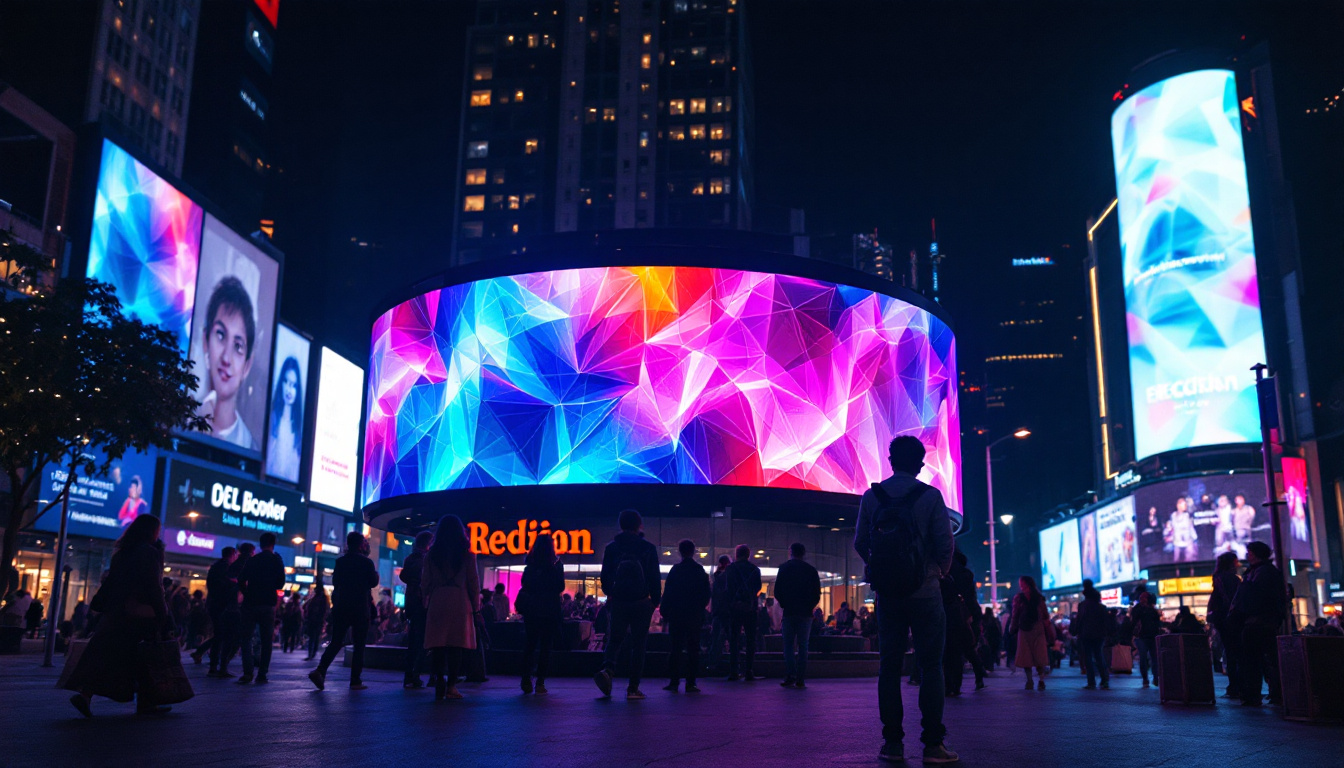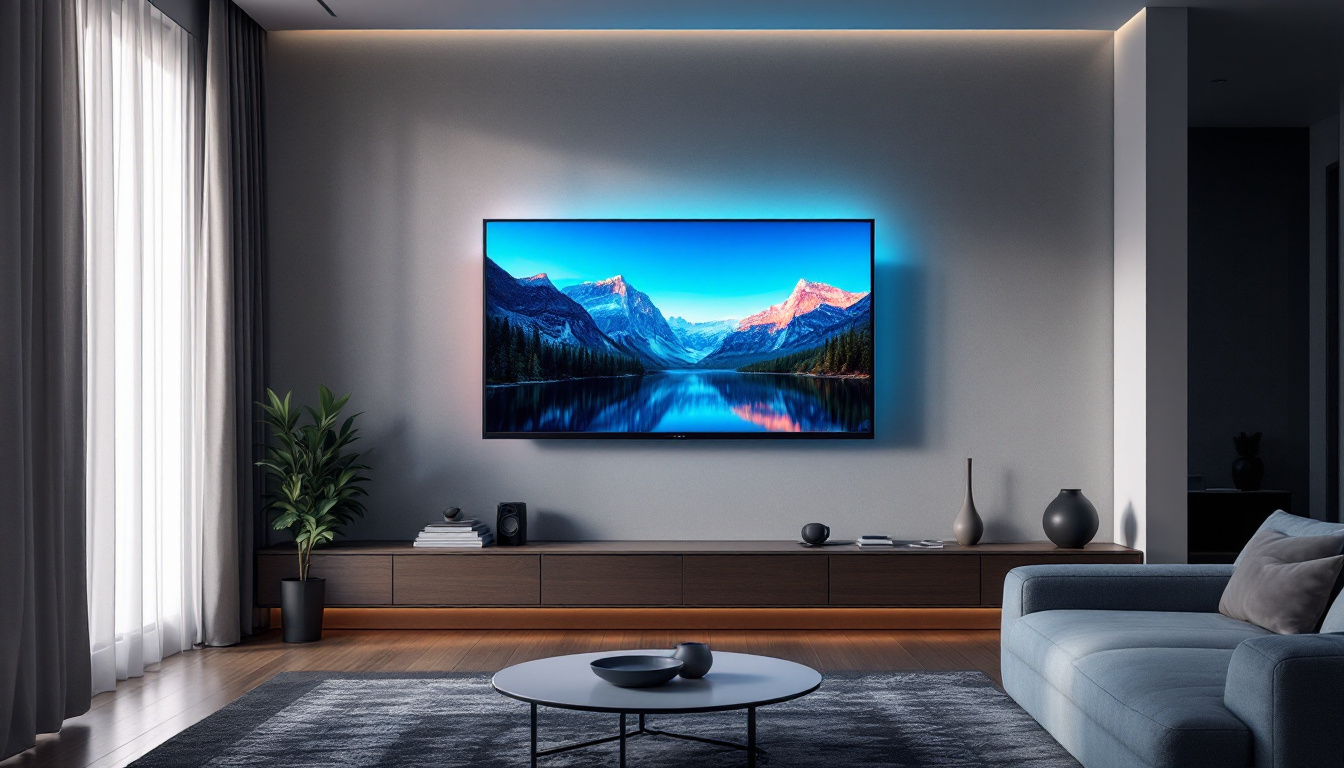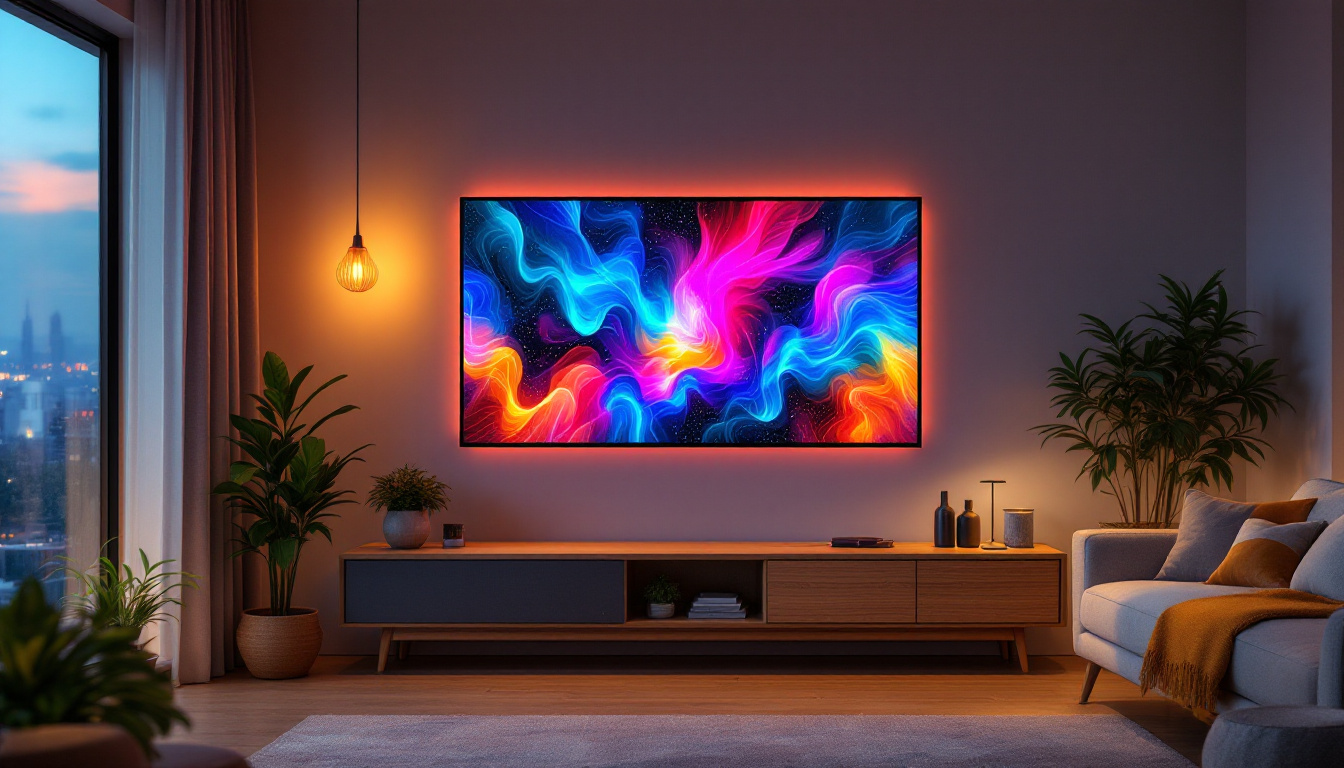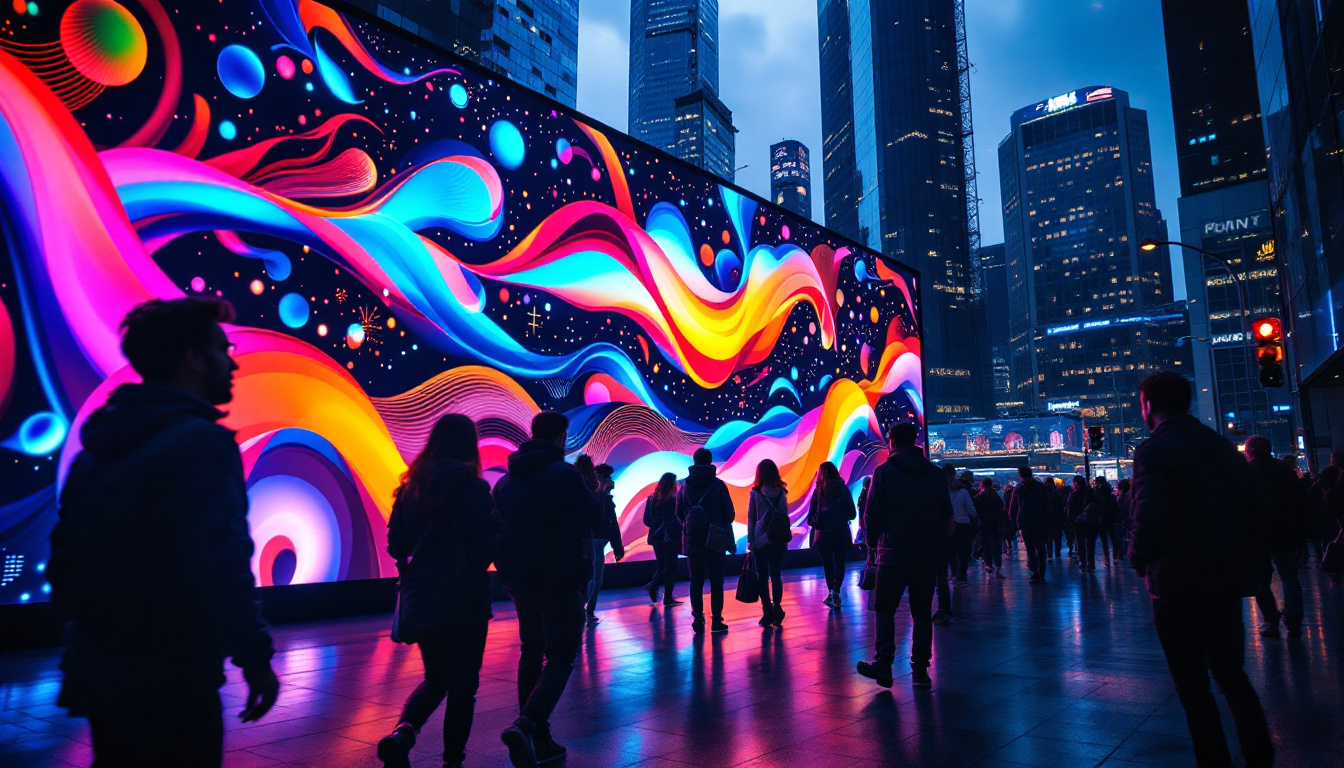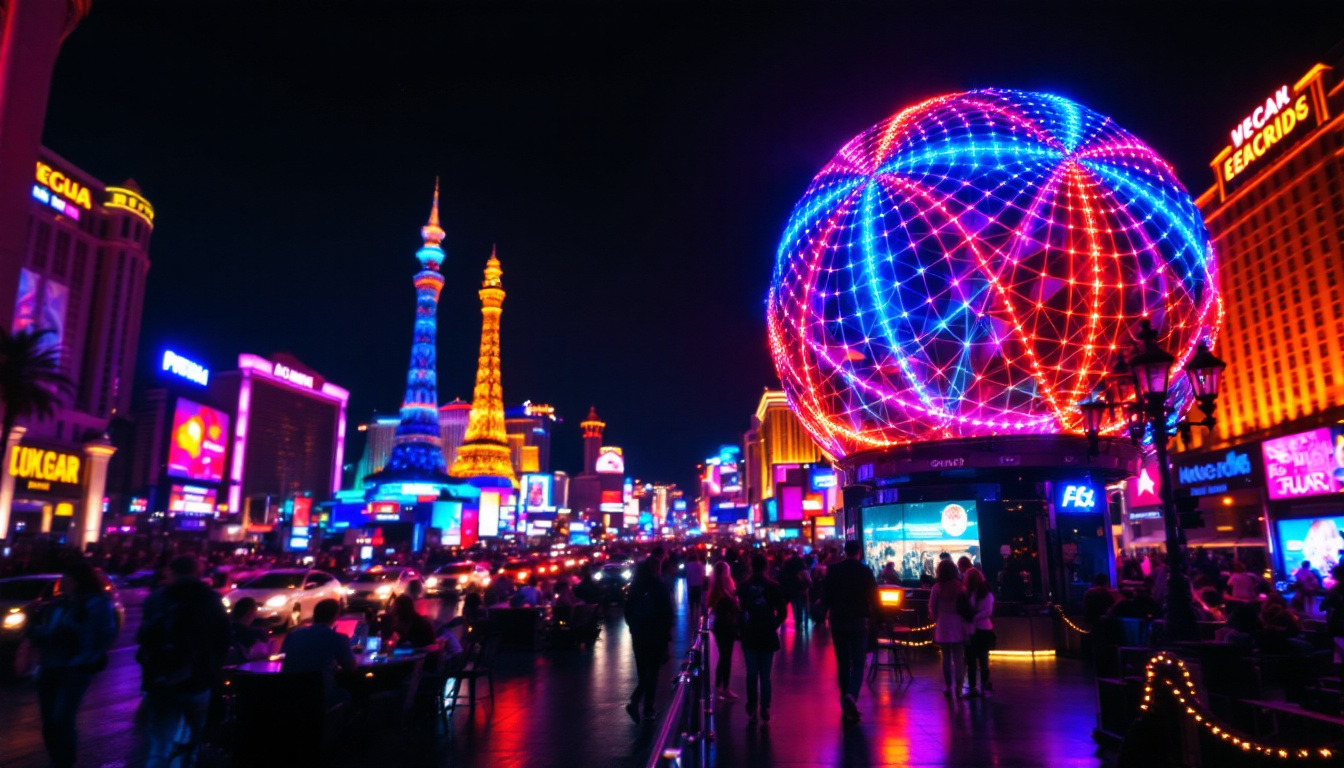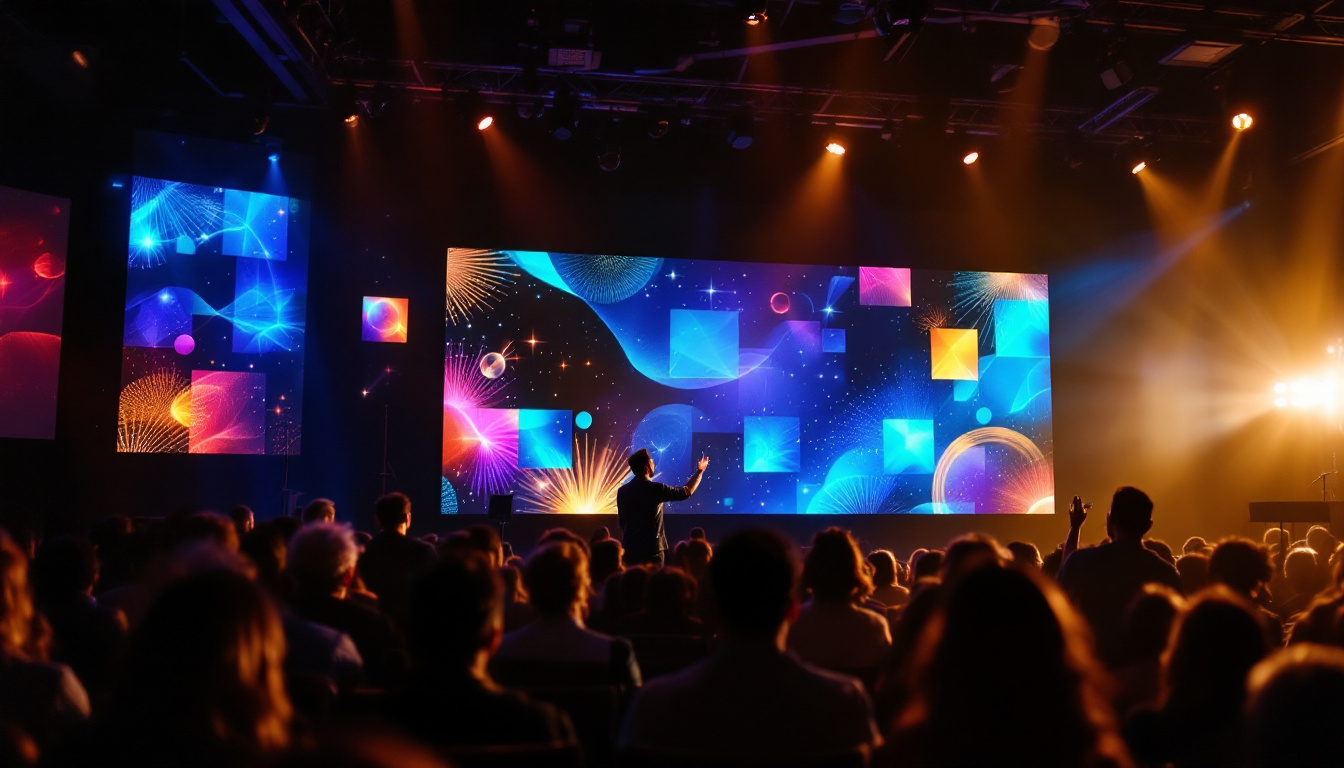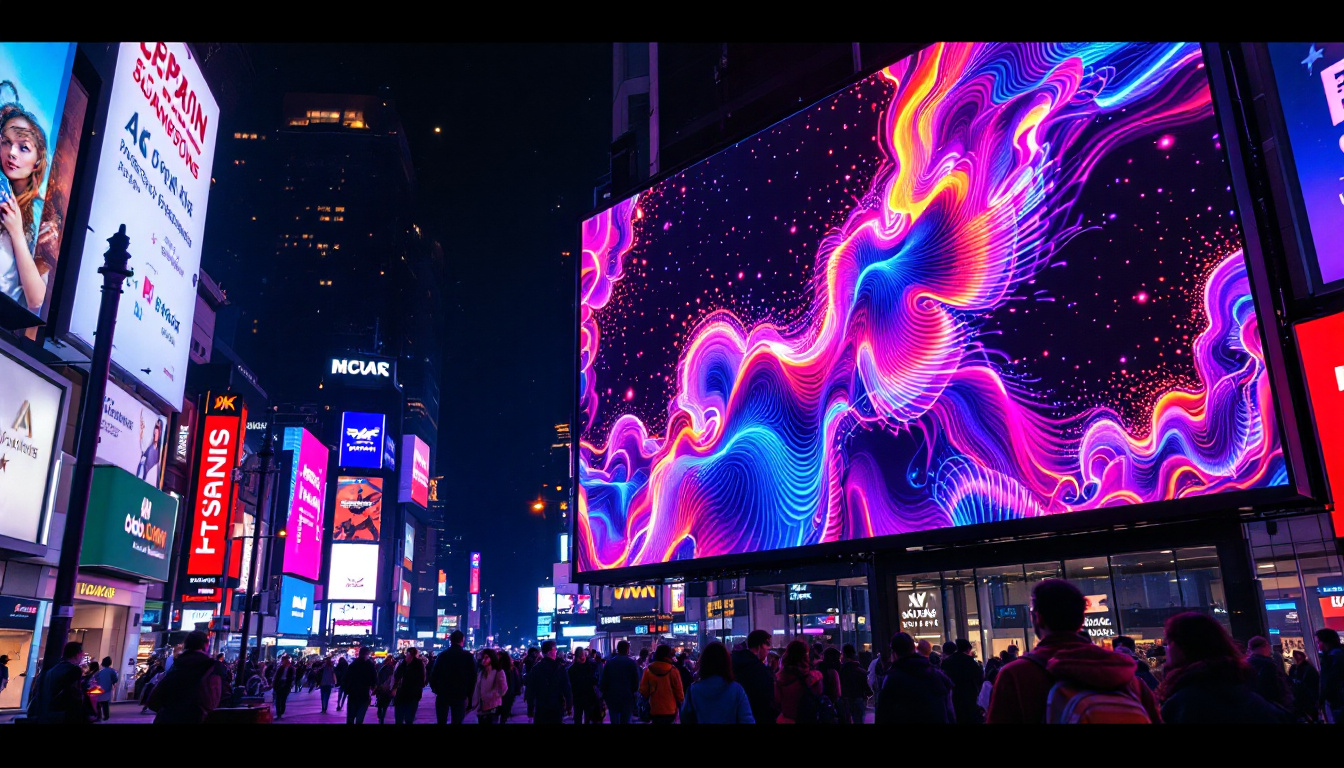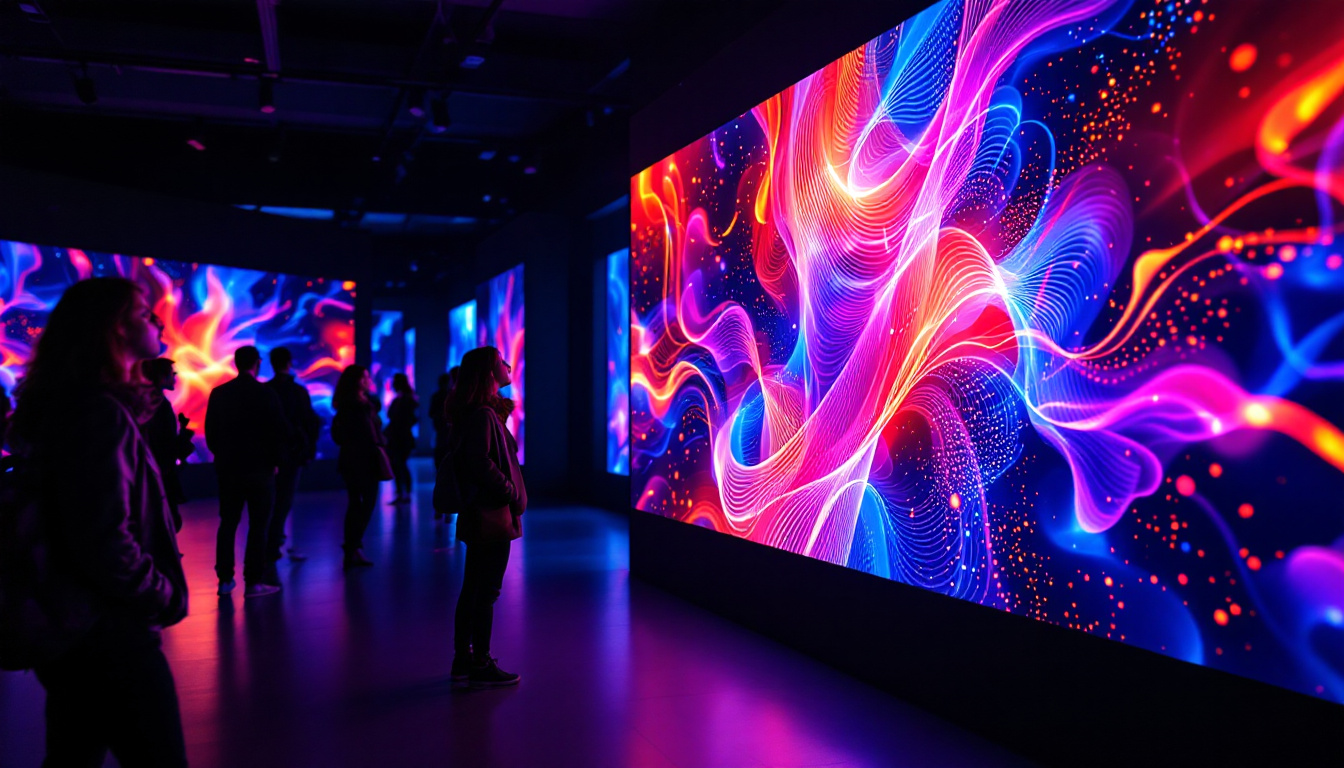In the world of digital advertising and information dissemination, LED displays have emerged as a pivotal technology. Their vibrant colors, high brightness, and versatility make them an attractive option for businesses and organizations looking to capture attention. This article will delve into the various aspects of LED displays, including their pricing, types, and applications, providing a comprehensive understanding of this dynamic technology.
Understanding LED Displays
LED displays, or Light Emitting Diode displays, utilize semiconductor technology to produce light. They are made up of numerous tiny LED lights that can be controlled individually or in groups to create images, videos, and text. The technology behind LED displays has evolved significantly over the years, leading to various types that cater to different needs and environments. From their initial applications in simple indicator lights to their current use in large-scale advertising and information dissemination, LED displays have transformed the way we communicate visually.
Types of LED Displays
There are several types of LED displays available in the market, each designed for specific applications. The most common types include:
- Indoor LED Displays: These displays are typically used in places like shopping malls, conference rooms, and theaters. They are designed for close viewing and usually have a higher pixel density, resulting in clearer images at shorter distances. Their versatility allows them to be used for everything from dynamic advertising to informative presentations, making them a staple in modern venues.
- Outdoor LED Displays: Built to withstand harsh weather conditions, outdoor LED displays are often used for billboards and stadiums. They are brighter than indoor displays to ensure visibility in direct sunlight. Additionally, many outdoor models incorporate advanced technologies such as anti-glare coatings and weatherproof enclosures, ensuring they remain functional and vibrant in rain, snow, or extreme heat.
- Transparent LED Displays: These innovative displays allow light to pass through, making them suitable for window installations. They are often used in retail environments to showcase products while maintaining visibility from outside. This unique feature not only enhances the aesthetic appeal of storefronts but also creates engaging advertising opportunities without obstructing the view of the products behind them.
Key Features of LED Displays
When considering an LED display, several key features should be evaluated:
- Brightness: Measured in nits, brightness is crucial for visibility, especially in outdoor settings. Higher brightness levels ensure that the display is easily readable in various lighting conditions. This is particularly important for advertising, where capturing attention quickly can make a significant difference in consumer engagement.
- Resolution: The resolution of an LED display affects the clarity of images and text. Higher resolution displays provide sharper visuals, which is essential for detailed graphics and small text. As technology advances, ultra-high-definition (UHD) displays are becoming more common, allowing for stunning visual experiences that can captivate audiences.
- Refresh Rate: This refers to how often the display updates the image per second. A higher refresh rate is important for video content to avoid flickering and ensure smooth playback. This feature is especially vital in environments where fast-moving visuals are common, such as sports arenas or concert venues, where every moment counts.
In addition to these features, LED displays often come equipped with advanced connectivity options, allowing for seamless integration with various media sources. This capability enables users to easily update content in real-time, making them an ideal choice for dynamic advertising campaigns or live event broadcasting. Furthermore, many LED displays now support smart technology, allowing for remote management and monitoring, which enhances their usability and efficiency in various settings.
Factors Influencing LED Display Pricing
The price of LED displays can vary widely based on several factors. Understanding these elements can help businesses make informed purchasing decisions.
Size and Resolution
The size of the LED display is one of the most significant factors affecting its price. Larger displays naturally cost more due to the increased number of LEDs and materials required. Additionally, resolution plays a critical role; higher resolution displays, which feature more pixels per square inch, command higher prices. Businesses must balance their needs for size and resolution with their budget constraints. For example, a retail store may opt for a large, high-resolution display to attract customers, while a smaller venue might prioritize cost-effectiveness and choose a more modestly sized display with lower resolution. The viewing distance also influences this decision; a display meant for close viewing will benefit from higher resolution, while one viewed from afar may not require the same pixel density.
Technology and Features
Advanced technology and features can also impact pricing. For instance, displays with higher brightness levels, better color accuracy, or innovative features like touch capability or interactivity tend to be more expensive. Furthermore, the type of LED technology used—such as SMD (Surface-Mounted Device) versus DIP (Dual In-Line Package)—can also influence costs, with SMD technology generally being pricier due to its superior performance. Additionally, features such as weatherproofing for outdoor displays or energy-efficient designs can further elevate the price. Businesses should also consider the longevity and warranty of the technology; investing in a more expensive, durable display may yield savings in the long run due to reduced replacement and repair costs.
Installation and Maintenance Costs
Beyond the initial purchase price, businesses should consider installation and maintenance costs. Installing large LED displays often requires professional services, which can add to the overall expense. Additionally, ongoing maintenance, such as cleaning and repairs, should be factored into the total cost of ownership. For instance, outdoor displays may require more frequent maintenance due to exposure to the elements, while indoor displays might have lower upkeep needs. Furthermore, the location of the installation can also affect costs; displays in hard-to-reach areas may require specialized equipment or additional labor, further increasing the overall investment. It’s essential for businesses to evaluate these ongoing costs alongside the initial purchase to understand the true financial commitment of owning an LED display.
Applications of LED Displays
LED displays are utilized in a variety of applications across different industries. Their versatility allows them to serve numerous functions, from advertising to information dissemination.
Advertising and Marketing
One of the most prominent uses of LED displays is in advertising and marketing. Businesses leverage these displays to showcase promotions, new products, and brand messages. The dynamic nature of LED technology allows for eye-catching animations and videos, which can significantly enhance customer engagement. Furthermore, the ability to change content remotely means that businesses can quickly adapt their advertising strategies to respond to market trends or seasonal promotions, ensuring that their messaging remains relevant and impactful.
Additionally, LED displays can be strategically placed in high-traffic areas, maximizing visibility and reach. For instance, digital billboards along highways or in urban centers can capture the attention of thousands of passersby daily. The interactive capabilities of some LED displays also allow for customer participation, such as voting on social media or engaging with brand campaigns, further deepening consumer connections and driving sales.
Events and Entertainment
In the events and entertainment industry, LED displays are used for concerts, festivals, and sporting events. They provide large-scale visuals that enhance the audience’s experience. high-resolution displays can showcase live feeds, graphics, and advertisements, making them an integral part of modern event production. The flexibility of LED technology allows for various configurations, from massive screens that span stadiums to smaller displays that can be used in intimate venues, ensuring that every audience member has a clear view of the action.
Moreover, LED displays can create immersive environments by integrating with lighting and sound systems, transforming venues into dynamic spaces that captivate attendees. For example, during a concert, synchronized visuals can enhance musical performances, while at festivals, LED screens can provide essential information about schedules and artist line-ups, keeping the audience informed and engaged throughout the event.
Transportation and Wayfinding
LED displays are also widely used in transportation systems for real-time information dissemination. Airports, train stations, and bus terminals utilize these displays to provide travelers with updates on schedules, delays, and directions. Their clarity and visibility make them ideal for guiding passengers efficiently. In addition to displaying essential travel information, these LED screens can also serve as platforms for advertising local businesses, tourist attractions, and services, creating a revenue stream for transportation hubs.
Furthermore, the integration of LED displays with smart technology allows for more advanced features, such as interactive maps and wayfinding applications. Travelers can access real-time updates on their mobile devices, which can be reflected on nearby displays, ensuring that they are always informed. This technology not only improves the overall travel experience but also enhances safety by providing clear and timely information in busy environments.
Comparing Eager LED Display Prices
When considering an LED display, it is essential to compare prices across different vendors and models. Eager LED displays, known for their quality and performance, offer a range of products suitable for various applications.
Market Trends and Pricing Analysis
The LED display market has seen significant growth in recent years, driven by advancements in technology and increased demand for digital advertising. As a result, prices have become more competitive, with various manufacturers offering a range of options at different price points.
Analyzing market trends can provide insights into pricing strategies. For example, during peak advertising seasons, prices may fluctuate based on demand. Additionally, technological advancements can lead to reduced costs as production methods improve and components become more affordable.
Where to Buy Eager LED Displays
Purchasing Eager LED displays can be done through various channels. Authorized distributors and online retailers often provide competitive pricing and promotions. It’s advisable to research and compare offers, taking into account warranty, support, and installation services.
Conclusion
LED displays have transformed the way businesses communicate with their audiences. Their vibrant visuals, versatility, and adaptability make them a valuable investment for various applications. Understanding the factors that influence pricing, as well as the different types and features available, can help businesses make informed decisions when purchasing LED displays.
As technology continues to evolve, the potential for LED displays will only expand, offering even more opportunities for engagement and interaction. Whether for advertising, entertainment, or information dissemination, LED displays are likely to remain a critical component of modern communication strategies.
In conclusion, exploring the Eager LED display price and understanding the intricacies of LED technology can empower businesses to leverage this powerful tool effectively. By investing in high-quality displays, organizations can enhance their visibility, engage their audiences, and ultimately drive success.
Discover LumenMatrix LED Display Solutions
Ready to elevate your visual communication strategy with cutting-edge LED display technology? Look no further than LumenMatrix, a leader in innovative LED solutions. From vibrant Indoor LED Walls to robust Outdoor Displays, and from sleek LED Posters to immersive LED Sports and Floor Displays, LumenMatrix offers a comprehensive range of products designed to captivate your audience and amplify your message. Embrace the future of digital signage with our Custom, All-in-One, and Transparent LED Displays. Check out LumenMatrix LED Display Solutions today and transform your business’s visual engagement.

